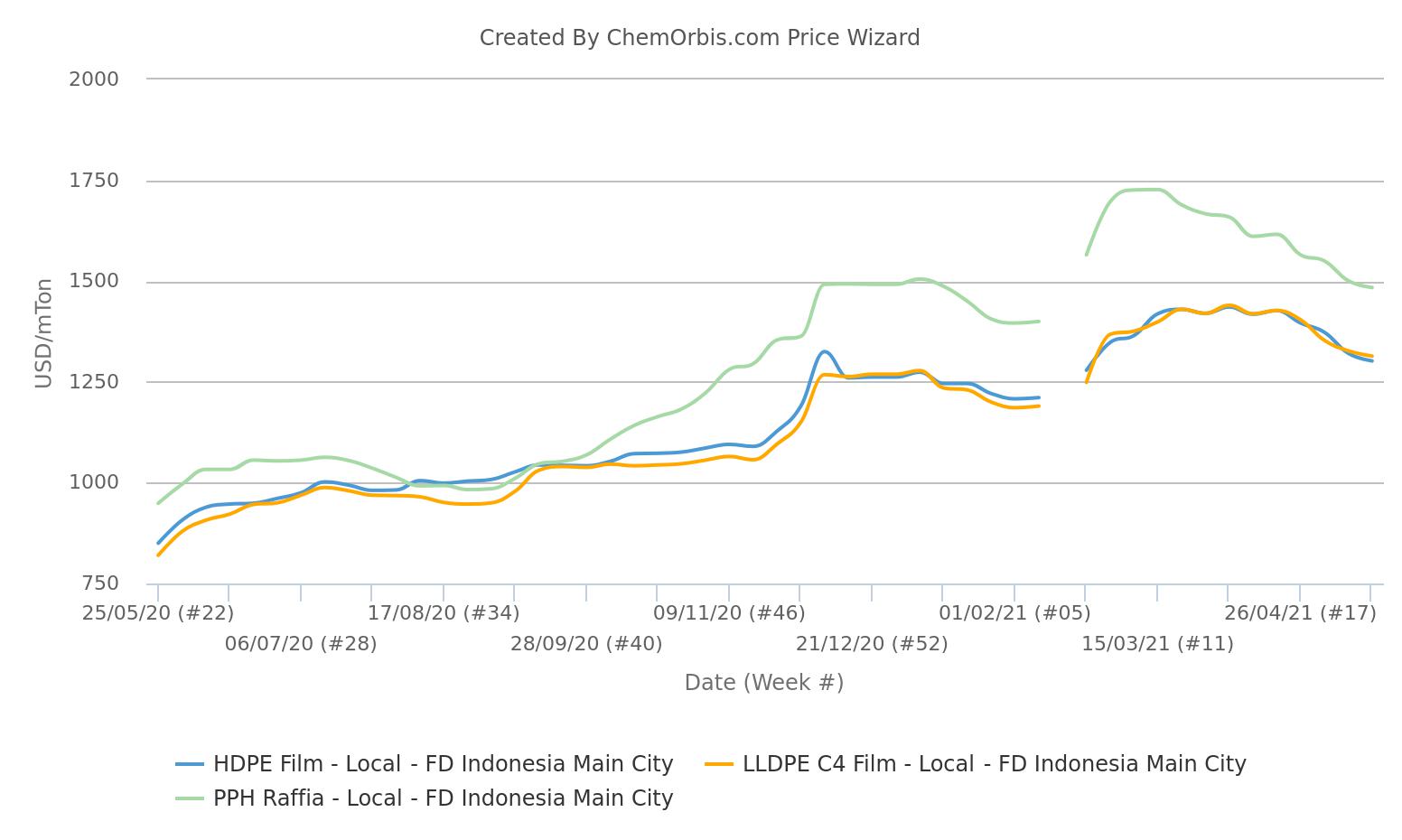5% 30-Year Yield: Re-emergence Of The "Sell America" Sentiment

Table of Contents
Rising Interest Rates and Their Impact on the US Economy
The climb in the 30-year Treasury yield to 5% is intrinsically linked to broader economic factors, primarily the ongoing battle against inflation and the Federal Reserve's response.
Inflationary Pressures and the Federal Reserve's Response
Persistent inflationary pressures have forced the Federal Reserve (Fed) to adopt a policy of monetary tightening, raising interest rates to cool down the overheating economy. This aggressive approach directly impacts bond yields, including the crucial 30-year Treasury yield. Higher interest rates make existing bonds less attractive, driving their prices down and yields up.
- Increased borrowing costs for businesses and consumers: Higher interest rates translate to increased borrowing costs for businesses seeking loans for expansion and consumers seeking mortgages or auto loans. This can stifle economic growth.
- Potential slowdown in economic growth: As borrowing becomes more expensive, businesses may reduce investment and consumers may curtail spending, leading to a potential economic slowdown or even recession.
- Impact on housing market due to higher mortgage rates: The increase in mortgage rates, a direct consequence of rising bond yields, significantly impacts the housing market, potentially leading to a decrease in home sales and prices.
Attractiveness of US Treasury Bonds in a Global Context
The attractiveness of US Treasury bonds, even with a 5% 30-year yield, is relative to other investment options globally. While a 5% yield might seem attractive, it needs to be considered against comparable yields in other developed countries and the prevailing geopolitical climate.
- Comparison of US yields with yields in other developed countries: Investors constantly compare US Treasury yields with those offered by other sovereign bonds. If yields in other countries are higher, or perceived as less risky, capital might flow elsewhere.
- Geopolitical factors influencing investor decisions: Global instability, political uncertainty, and geopolitical risks can influence investor decisions, driving capital towards perceived "safe haven" assets, potentially including US Treasuries, despite the 5% yield.
- Flight to safety dynamics and their effect on bond markets: During times of uncertainty, investors often move towards less risky assets, creating a "flight to safety." This can temporarily increase demand for US Treasuries, even with a 5% yield, but this effect isn't guaranteed to be permanent.
The "Sell America" Sentiment: A Deeper Dive
The "Sell America" sentiment refers to a significant reduction in foreign investment in US assets, potentially fueled by a loss of confidence in the US economy. This outflow of capital can have substantial consequences.
Defining the "Sell America" Sentiment
The "Sell America" sentiment represents a shift in investor behavior, characterized by a reduction in foreign investment in US assets, including US Treasury bonds. This can lead to a weakening of the US dollar and potentially hinder economic growth.
- Capital flight from US assets: Investors may pull their money out of US stocks, bonds, and other assets, seeking safer or more profitable opportunities elsewhere.
- Weakening of the US dollar: A significant outflow of capital can put downward pressure on the value of the US dollar, impacting trade balances and inflation.
- Negative impact on US economic growth: Reduced foreign investment can stifle economic growth by limiting access to capital for businesses and impacting overall economic activity.
Factors Contributing to the Current Sentiment
Several factors contribute to the current concerns about a resurgence of the "Sell America" sentiment, with the 5% 30-year yield being a prominent indicator.
- Rising inflation and interest rates: Persistent inflation and the Fed's aggressive interest rate hikes are major contributing factors, creating uncertainty about the future economic trajectory.
- Geopolitical instability and uncertainty: Global events and geopolitical tensions can further erode investor confidence in the US economy.
- Concerns about the US national debt: The increasing US national debt and ongoing debates about the debt ceiling contribute to concerns about the country's long-term fiscal health.
Potential Consequences and Future Outlook
The 5% 30-year yield and the potential "Sell America" sentiment have far-reaching implications.
Impact on the US Dollar and Global Markets
The combination of higher yields and a potential "Sell America" sentiment could significantly impact the US dollar and global markets.
- Currency fluctuations and their impact on trade: A weakening US dollar can impact trade balances, making imports more expensive and potentially leading to higher inflation.
- Volatility in global stock markets: Uncertainty about the US economy can trigger volatility in global stock markets, impacting investor portfolios worldwide.
- Potential for global economic slowdown: A slowdown in the US economy, potentially fueled by the "Sell America" sentiment, could have ripple effects throughout the global economy.
Strategies for Investors and Businesses
Navigating the current economic climate requires careful planning and strategic adjustments.
- Portfolio diversification strategies: Investors should consider diversifying their portfolios across different asset classes and geographies to mitigate risk.
- Hedging against interest rate risk: Businesses and investors should explore strategies to hedge against potential increases in interest rates.
- Long-term investment strategies in light of economic uncertainty: Adopting a long-term investment perspective and carefully considering risk tolerance is crucial for navigating economic uncertainty.
Conclusion
The 5% 30-year yield and the potential resurgence of the "Sell America" sentiment present significant challenges for the US economy and global markets. Understanding the interplay between inflation, interest rates, and investor confidence is crucial. Investors and businesses must carefully analyze the situation and adopt appropriate risk management strategies. Staying informed about changes in the 5% 30-year yield and related economic indicators is vital for making sound financial decisions. Don't underestimate the implications of a potential "Sell America" sentiment; proactive planning is key to navigating this evolving economic landscape.

Featured Posts
-
 Jellystone Pinata Smashling Leads Teletoon Spring Streaming Lineup
May 21, 2025
Jellystone Pinata Smashling Leads Teletoon Spring Streaming Lineup
May 21, 2025 -
 Four Star Admirals Corruption Conviction A Deep Dive Into The Case
May 21, 2025
Four Star Admirals Corruption Conviction A Deep Dive Into The Case
May 21, 2025 -
 Investigation Uncovers 10 Minute Pilotless Lufthansa Flight After Co Pilots Medical Event
May 21, 2025
Investigation Uncovers 10 Minute Pilotless Lufthansa Flight After Co Pilots Medical Event
May 21, 2025 -
 Walliams And Cowells Fallout A Look At The Celebrity Rift
May 21, 2025
Walliams And Cowells Fallout A Look At The Celebrity Rift
May 21, 2025 -
 Job Exchange Scheme Navys Burke Sentenced For Bribery
May 21, 2025
Job Exchange Scheme Navys Burke Sentenced For Bribery
May 21, 2025
Latest Posts
-
 Mainz Extends Top Four Bid With Win Against Gladbach
May 21, 2025
Mainz Extends Top Four Bid With Win Against Gladbach
May 21, 2025 -
 Mainz Secures Top Four Spot With Victory Over Gladbach
May 21, 2025
Mainz Secures Top Four Spot With Victory Over Gladbach
May 21, 2025 -
 Mild Temperatures And Little Rain Chance A Perfect Week Ahead
May 21, 2025
Mild Temperatures And Little Rain Chance A Perfect Week Ahead
May 21, 2025 -
 Scott Savilles Dedication Years Of Cycling Ragbrai And Daily Rides
May 21, 2025
Scott Savilles Dedication Years Of Cycling Ragbrai And Daily Rides
May 21, 2025 -
 Understanding Breezy And Mild Weather Patterns A Practical Overview
May 21, 2025
Understanding Breezy And Mild Weather Patterns A Practical Overview
May 21, 2025
